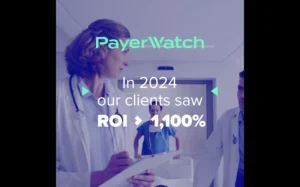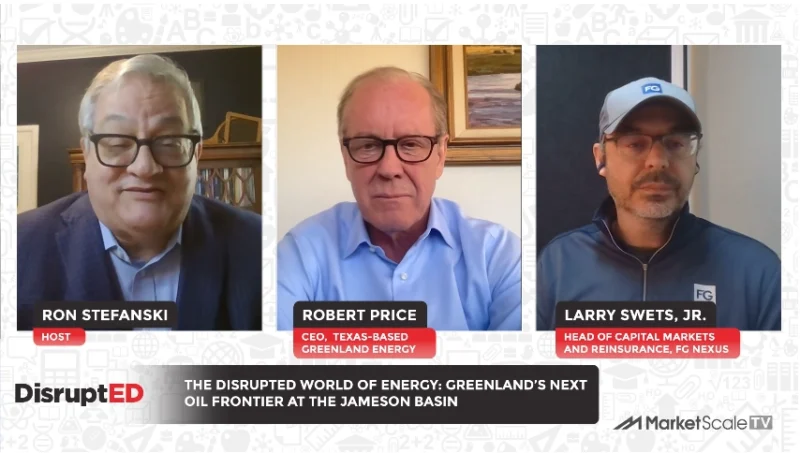Transhield – The Shrinkable Fabric® Provides Eco-Friendly Protection
A growing number of manufacturers are realizing substantial financial and environmental benefits by adopting sustainable business practices. Sustainable manufacturing helps minimize a company’s negative impact on the environment while conserving energy and natural resources, along with reducing costs and cutting waste. In their ongoing efforts at shifting processes and products to be more sustainable and environmentally friendly, Transhield has successfully trialed a revolutionary system to recycle their groundbreaking Transhield Shrinkable Fabric®.
Transhield Shrinkable Fabric Protects Better Than Shrink Wrap
Transhield Shrinkable Fabric is made by laminating layers of polyethylene (PE) shrink film and polyester (PET) fabric, offering the advantages of both materials in a single product. Like with shrink wrap, a high-powered heat tool is used to shrink the material so that it can conform to the shape of the item it is protecting. However, patented technology sets Transhield Shrinkable Fabric apart from ordinary shrink film—the inner layer of soft nonwoven material will not scratch or damage the surface of the covered item and is engineered to pull moisture from inside to the outside of the cover.
Transhield Shrinkable Fabric ensures a custom fit cover that is reinforced at all wear points and offers superior protection from the ravages of UV rays, rain, snow, sleet, dust, wind, and airborne contaminants. Covers made with this product are durable and reusable, offering a service life of 2-4 years even in the harshest environments. And Transhield Shrinkable Fabric is lightweight, making it easier to install on large equipment.
Making Transhield Shrinkable Fabric Better by Making it Recyclable
The engineers and lab technicians in Transhield’s R&D Department are constantly evaluating and testing new ways to make their advanced material better. Transhield Shrinkable Fabric is composed of 80% PE and 20% PET. These polymers have different melting points, which makes it difficult to melt and re-pelletize the material as a post-consumer or post-industrial resin using traditional recycling process.
Despite the challenge, the Transhield R&D team has applied an innovative process utilizing recycling equipment that was developed and honed over 20 years by NGR Plastics Recycling Technologies, along with an Ettlinger melt filter that employs a patented principal to process a variety of recycled materials. The ingenious combination of these two components enable both melting and separation of the two resins to a 90/10 ratio which can then be converted into plastic pellets. Contaminants are automatically and continuously removed by a scraper during the melt filtration process, allowing polyolefins with a high contaminant level to be filtered efficiently and reliably. The recycled pellets are then transferred to a blown film line where they are extruded to a film. New films are created with 100% recycled resin and a 20% recycled and 80% virgin LDPE/LLDPE blend.
Transhield Embraces Green Manufacturing Initiatives
Increasing product demand makes it imperative that companies develop and incorporate evolving green manufacturing initiatives. As Transhield grows and manufactures more covers, extending the usage of material components through a sustainable recycling system allows millions of pounds of plastic to be recycled and converted in to new products. Further, this inventive process not only helps reduce the customer’s carbon footprint and prompts carbon credits but increases the availability of post-consumer and post-industrial materials for converters that extend the use of natural resources. Transhield is committed to evolving processes that reduce the carbon cost on our planet.
To find out more, visit https://transhield-usa.com/technologies/.
The Shrinkable Fabric® is a registered trademark of Transhield, Inc.









